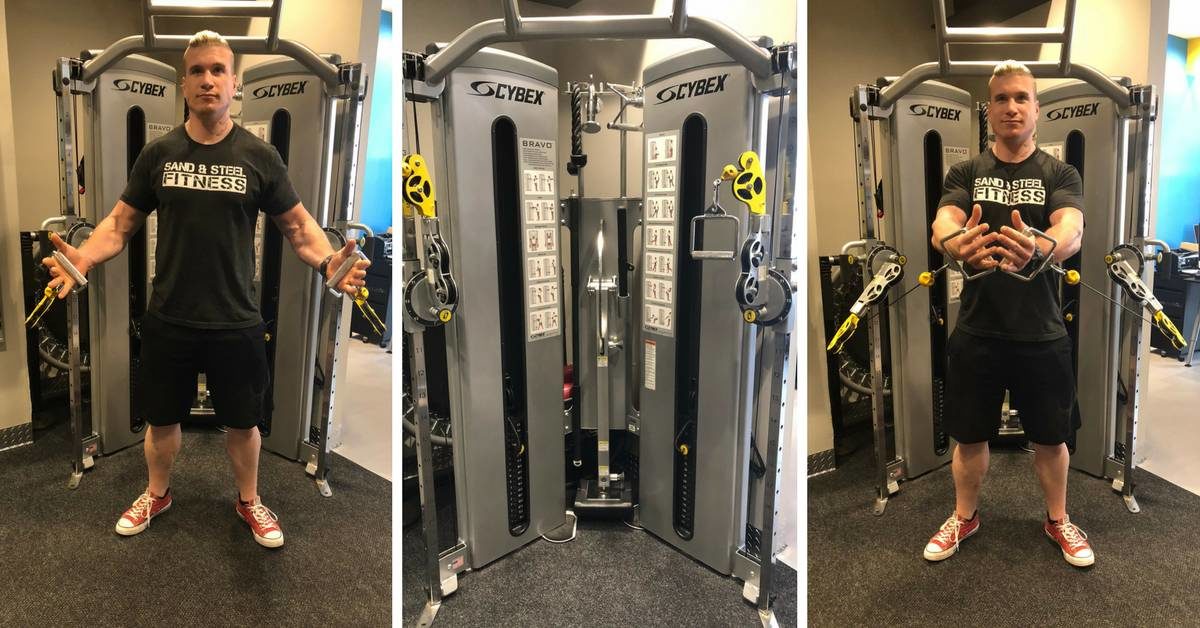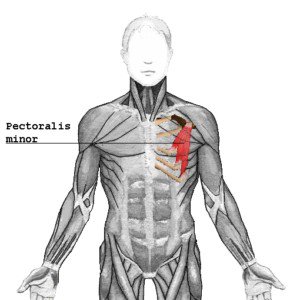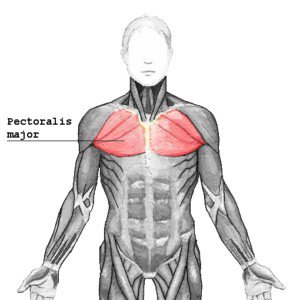In this article, we will be discussing the chest fly. We’ll be covering several variations such as Low to Mid Cable Flys, Neutral Grip Cable Flys, Pronated Grip Cable Flys, and 1 Arm Cable Flys. We’ll also compare the Standing Chest Fly and Seated Chest Fly. Finally, we will discuss the role of Pectoris Major and Pectoris Minor in Cable Flys.
Cable Flys on The Cable Machine
The functional trainer (better known as the cable machine) is a dual pulley machine that allows the athlete to perform various rows, flys, and presses. Rows and presses are easily replicated by conventional dumbbells and barbells. In contrast, the Fly or Cable Fly is more difficult to do with dumbbells, and impossible to do correctly with kettlebells or barbells.
Low to Mid Cable Flys
Neutral Grip Cable Flys
Pronated Grip Cable Flys
One Arm Cable Flys
In many cases, chest flys are better performed one at time so that you can provide the proper focus to working the pectoris major. If you are short on time, I recommend using the low to mid fly as that move can be done bilaterally with great effect. In addition, performing alternating single arm 90 second chest flys automatically builds in an appropriate amount of rest for each arm so you don’t even need to track your rest time. Chest flys are slow, methodical exercise. But if you want to develop and sculpt your chest, they are one of the best exercises available.
Standing Cable Fly vs Seated Cable Fly
The standing cable fly requires more control of the core and higher body weight to strength ratio than the seated fly. If you are very strong and light, it may become difficult to perform cable flys in the standing position. In which case, using a bench with a back can provide additionally stability so that you can focus on muscle recruitment in your chest. If a bench is not available, utilizing an offset stance can be helpful.
Pectoris Major and Pectoris Minor in Cable Flys



